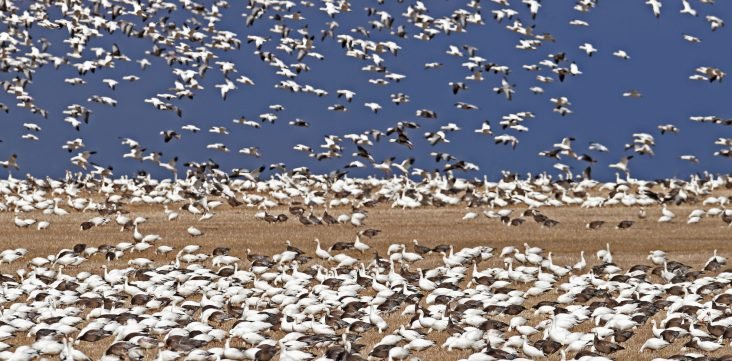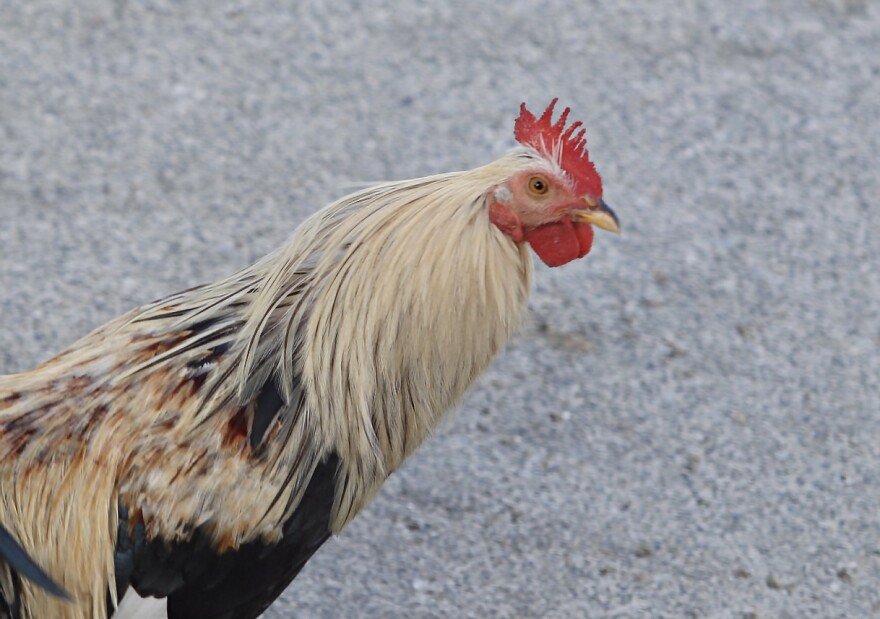By Rebekah Hall
U of A System Division of Agriculture
LITTLE ROCK — The national average wholesale price of eggs has declined, but consumers may have a wait before seeing lower prices at the grocery store, said Jada Thompson, associate professor and poultry economist for the University of Arkansas System Division of Agriculture.
EGG PRICES — Though wholesale egg prices have declined, consumers may experience a delay in seeing that decline reflected in grocery store prices, which averaged $5.90 per dozen eggs in February. (Division of Agriculture photo.)
Wholesale price changes can take up to three weeks to be reflected in retail stores, so consumers are only now starting to see shelf prices gradually decline, according to the March 28 Egg Markets Overview from the U.S. Department of Agriculture. In February, the average price of a dozen eggs came to $5.90.
“In the same way that just because the barrel price of oil goes down does not mean that gas prices immediately go down, there’s a delay here,” Thompson said. “Retailers get to choose their own price, and they took a lot of losses when prices were exceptionally high. They may be saying, ‘I’ve lost money over here, so I’m going to let what I have in stock go out at the price it currently is before I lower the price, to compensate for that earlier loss.’”
Thompson said that retailers often use eggs as a “loss leader,” meaning the product is sold at a price below its market cost to stimulate the sales of more expensive goods. She said that it serves as an incentive to bring that retail price back down.
However, with highly pathogenic avian influenza — or HPAI — still in the background and typically higher demand at Easter, there could be some price fluctuation.
“Eggs are a basic product that everybody puts in their basket, so I think there will be a pretty quick response to that,” Thompson said. “The only caveats to that are more cases of HPAI and the holiday demand. You’re going to have a little bit of extra demand for the holiday season, so you’re not necessarily going to see the prices go up, but you may see fewer eggs on the shelf. That might drive a little of the competition for those wholesale market eggs, which is eventually going to bump that price a little.”
Transportation and production input costs, including feed, can also impact the price of eggs, Thompson said.
“The cartons, the cleaners, all the things that are going into the inputs, we don’t necessarily manufacture in the United States, so with any disruption in trade there will likely be changes in cost of good, and some of those are going to affect the price of eggs or the price of inputs for those eggs,” Thomspon said.
The price of feed also goes into the cost of producing eggs, and Thompson said those change with corn and soybean prices, “so that has a whole commodity bend to it.”
Though the price of eggs is coming down, Thompson said the extent of the decline would be market-based.
“Some of the markets have been recovering,” she said. “They’ve already had new birds coming online and laying eggs again.
“Some markets are still hit pretty hard,” Thompson said. “I don’t think we’re going to see $1.99 eggs anytime soon, but I think that everybody is working really hard to get back to that.”
HPAI impact and recovery
The outbreak of HPAI in 2024 had a significant impact on the number of egg layers in the country. In 2024, 38 million layers were affected by the bird flu. An additional 30 million layers were affected in January and February 2025, impacting the total number of eggs that end up on grocery store shelves.
“Prior to the disease outbreak, we were producing about 8 billion eggs on a monthly basis,” Thompson said. “For February of 2025, we produced about 6.6 billion. From a scalability perspective, that’s why when people were talking about the high egg prices, it’s because we just don’t have the eggs.”
Thompson said that though the number of layers is still low, she is seeing those numbers coming back up.
“We see really high recovery and replenishment rates in eggs in incubators,” Thompson said. “It looks like the industry is doing an awful lot to try to bump up the number of birds as quickly as possible so that those egg numbers recover as quickly as possible.”
To learn about extension programs in Arkansas, contact your local Cooperative Extension Service agent or visit www.uaex.uada.edu. Follow us on X and Instagram at @AR_Extension. To learn more about Division of Agriculture research, visit the Arkansas Agricultural Experiment Station website: https://aaes.uada.edu. Follow on X at @ArkAgResearch. To learn more about the Division of Agriculture, visit https://uada.edu/. Follow us on X at @AgInArk.
























